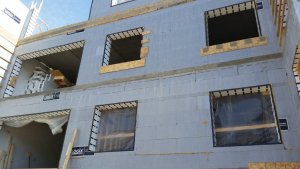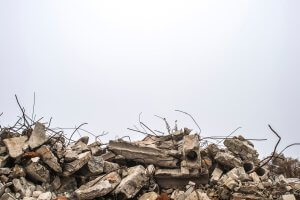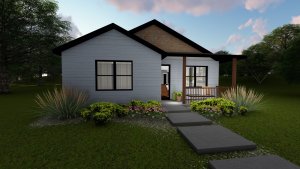Air leakage occurs when outside air enters and conditioned air leaves your home uncontrollably through cracks and openings.
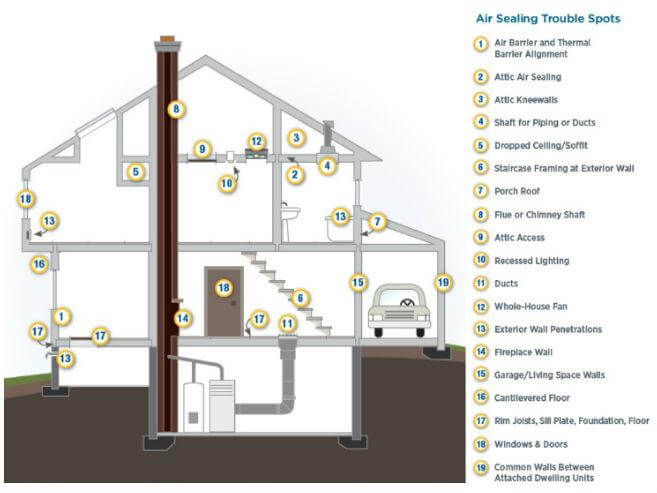
Old school thinking was that air leakage was a good and natural source of ventilation. However, we’ve learned that’s just not the case.
During cold or windy weather, too much cold air may enter the house. In many older homes 20% of the overall energy consumption is due to air leakage. Also, when it’s warmer and less windy, not enough warm air may enter which can result in poor indoor air quality. And in hot and moist southern climates, air leakage can allow the outside humidity to enter the home, making your indoor environment uncomfortably humid as well.
So with a new home – how much air leakage is too much? Conventional wisdom nowadays says the more “airtight” the home, the better. Your new home simply cannot be built “too tight”. Your energy bills will be lower and your family will also be healthier and more comfortable because sealing cracks and openings will reduce drafts and cold spots, or minimize humidity, thereby improving comfort.
A home’s air leakage is measured by a Blower Door test which measures the # of air changes per hour of your home when it’s been pressurized to 50 pascals (“ACH @ 50”).
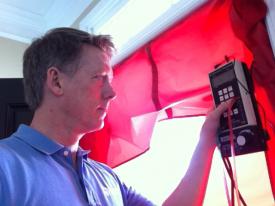
So what’s a good air leakage target to aim for? Conventional wisdom and the new 2012 International Energy Conservation Code says 3.0 ACH@50 (three air changes per hour) is a realistic and meaningful air leakage target to shoot for in today’s world.
So all this means you should take real care to select and build the right building envelope, install a proper air barrier and seal everything up correctly with caulking and weather stripping.
And a word to the wise – homes built with Logix ICF are easy to build super-tight because a Logix wall by its very nature and design has no gaps or cracks and functions as an air barrier and a vapor barrier.
Air tightness is like good, strong bones – you can’t see it but you feel it for life!





